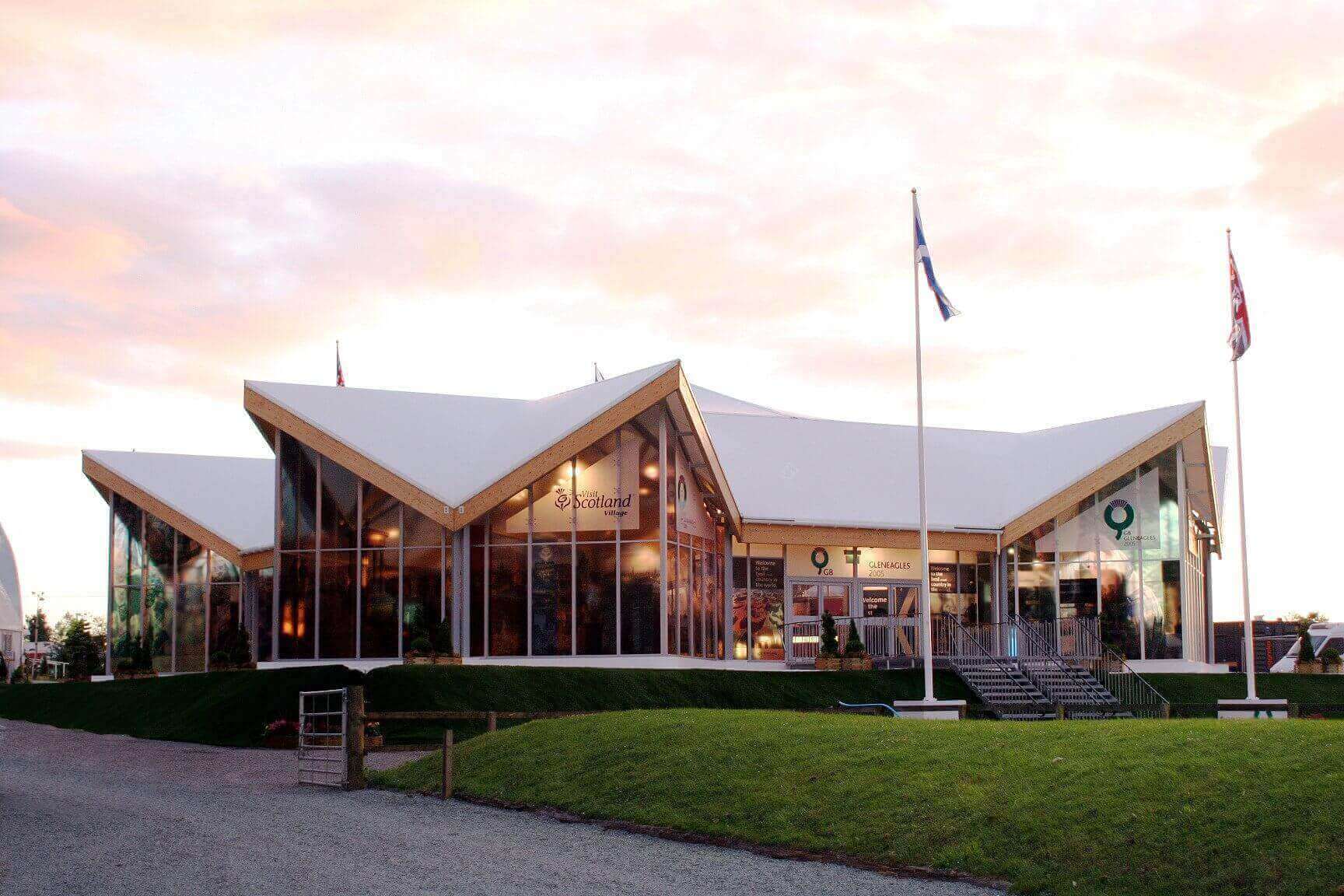
The Importance of Wind Loading In Temporary Structures
Recent turbulent weather in the UK has seen a succession of violent storms, bringing exceptionally strong winds and driving rain with them, which posed a particular risk to temporary buildings. When calculating wind resistance, temporary demountable structures are subject to unique criteria which significantly differ from that of permanent buildings, and which can lead to potentially dangerous situations if inaccurately assessed.
In this article, we will explain the importance of wind load analysis and management for temporary structures and why a comprehensive approach from design to dismantlement is necessary.
What Is Wind Load Analysis?
Building codes, traditionally written with permanent structures in mind, can be excessively conservative when directly applied to temporary structures which will only remain erected for a short period of time. Therefore, a more thorough and specific analysis of wind loads is necessary in these cases.
Key considerations in a wind load analysis include local wind speeds, site topography, and the time the structure will be exposed to the elements. It is important to understand that wind load is affected by both the wind speed and the geometry of the building itself. The analysis is about achieving compliance with relevant codes and regulations, while understanding the unique environmental conditions that temporary demountable structures face, to ensure optimum performance.
How Versatility Can Create Vulnerability
Temporary demountable structures are often designed to offer exceptional versatility to cater to various applications. This, however, can affect their wind loading capacity. An enclosed structure, for example, may have large doors or removable walls to transform it into a partially or fully open space. While this makes the structure more flexible for different uses, such modifications significantly alter how the wind interacts with the structure. Therefore, understanding and planning for these variations is crucial for stability and safety.
Preparing For the Unpredictable
Designing for reduced wind loads (in comparison to permanent structures) means there is always the risk, especially with the frequency of powerful storms, that the ‘maximum’ wind speed could be exceeded. Therefore, a comprehensive risk assessment is necessary to inform a management plan that outlines clear protocols for what to do when wind speeds are expected to exceed safe limits. For example, closing the building, evacuating users, or dismantling the structure may be necessary. Such preparedness is essential to ensure safety and minimise potential damage.
Choosing The Best Anchors Or Foundations
Unlike permanent buildings, temporary structures often lack traditional foundations. Instead, they rely on different types of anchorage or kentledge to remain stable in windy conditions. This aspect of lightweight structure design is critical and must be handled by experienced engineers who can accurately calculate the necessary wind resistance. The right anchorage system underpins a temporary structure’s ability to remain upright, intact, and in situ, even when exposed to strong gales.
The Importance Of Collaboration
Effective communication between the engineer and the contractor is key. An engineer must understand the practical aspects of how the structure will be erected, managed, and eventually dismantled. This knowledge directly influences the assumptions and decisions made during the design process, particularly concerning wind load resistance.
Contact Us For Professional Advice
For more information about temporary demountable structure design, please contact Adam Magrill at amagrill@fentonholloway.com.

/Adam%20Magrill%20-%20Temporary%20Demountable%20Structures%20-%20Long.webp)
.png?width=365&height=215&name=Brochure%20CTA%20(1).png)